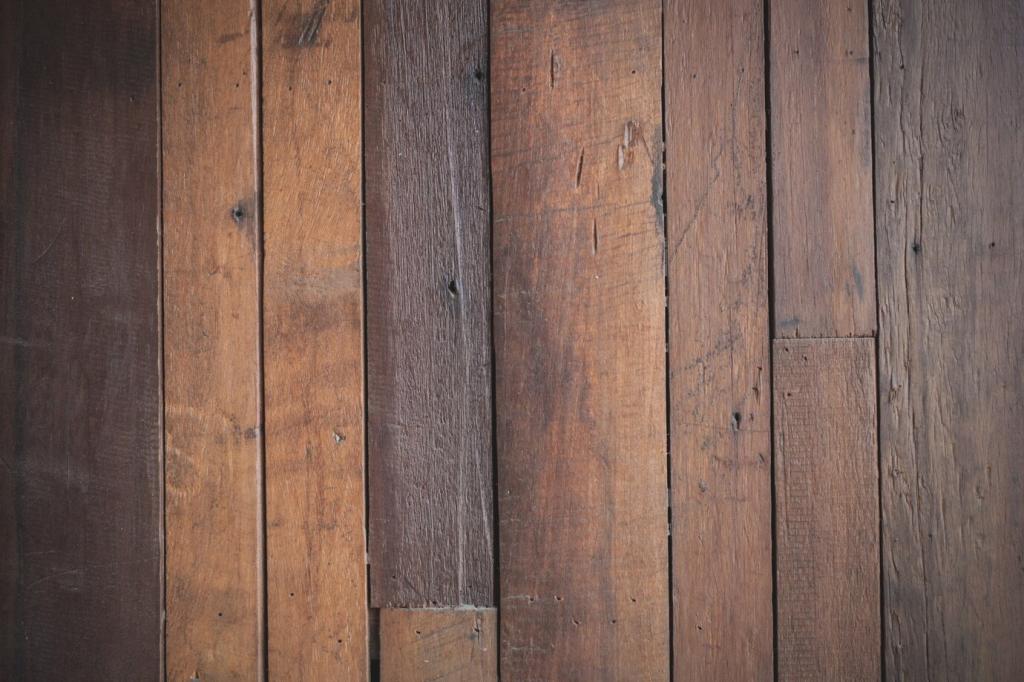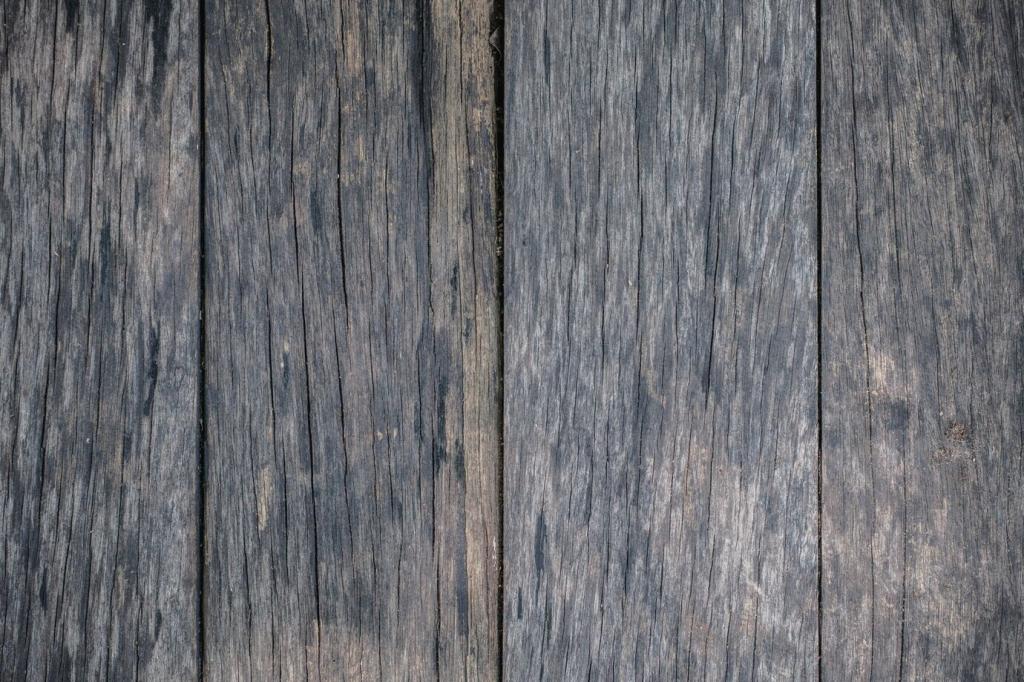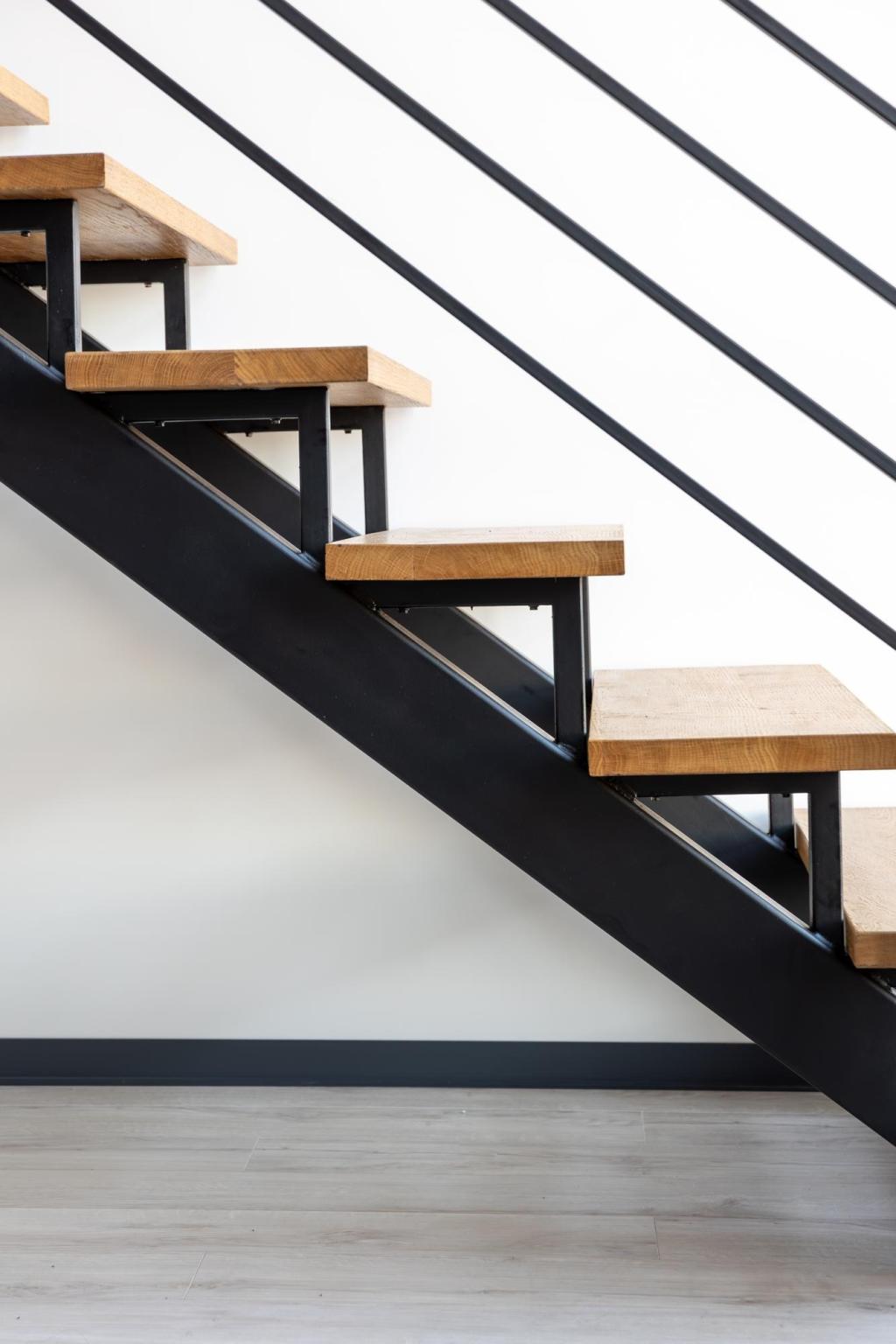Water Conservation Strategies in Home Design
Chosen theme: Water Conservation Strategies in Home Design. Welcome to a home page devoted to practical, beautiful ways to use less water without sacrificing comfort. From fixtures and finishes to landscaping and smart tech, we’ll help you design a home that sips, not gulps. Subscribe for fresh, design-forward ideas that make every drop count.


Design With the Drop in Mind: Planning for Water Efficiency
Start by estimating daily indoor and outdoor demand, then set reduction targets that match your climate and household size. A clear baseline guides every design decision, from fixture flow rates to landscape choices, and helps you measure real progress over time.
Design With the Drop in Mind: Planning for Water Efficiency
Place kitchens, bathrooms, and laundry close together or stacked vertically to minimize long hot-water waits and cold-water purge. Shorter runs mean less wasted water and faster comfort, especially when paired with compact home-run PEX manifolds and smart recirculation controls.
Fixtures That Work Harder: High-Performance, WaterSense-Certified Choices
01
Modern WaterSense showerheads deliver 2.0 gallons per minute or less, using air-induction and thoughtful spray patterns to maintain comfort. Pair with a thermostatic valve to dial temperature quickly, reducing those extra seconds of unproductive warm-up that quietly waste water.
02
Today’s best toilets offer around 0.8 gallons for liquid waste and 1.28 gallons for solids, with strong bowl rinse and reliable traps. Proper rough-in, clean bends, and a quality fill valve prevent phantom leaks that can add thousands of unnecessary gallons each year.
03
Swap in 0.5–1.0 gallon-per-minute bathroom aerators and consider a kitchen spray with pause function for rinsing. You’ll keep pressure and control while trimming consumption. Want our vetted list of favorite models and test notes? Subscribe and we’ll send the guide.

Rainwater Collection Basics
One inch of rain on a 1,000-square-foot roof yields roughly 623 gallons. First-flush diverters keep debris out, while screened inlets and opaque tanks protect water quality. Use for irrigation or toilet flushing where code permits, and size storage to your seasonal rainfall.

Greywater Essentials Without the Guesswork
Greywater from showers, bathroom sinks, and laundry can safely irrigate landscapes through subsurface systems. Avoid kitchen and toilet lines, filter lint, and distribute evenly to root zones. A simple gravity-fed setup watered a reader’s herb garden all summer with near-zero supplemental irrigation.
Landscape as a Reservoir: Outdoor Strategies That Save
Native and drought-adapted species deliver beauty with minimal irrigation once established. Group plants by water needs, mulch generously to lock in moisture, and design windbreaks that reduce evaporative loss. Post your region and we’ll suggest a starter palette to try this season.
Materials and Surfaces That Save Water Indirectly
Large-format tiles with minimal grout lines, quartz counters, and quality sealants reduce scrubbing time and rinse water. A squeegee habit on shower glass prevents buildup, so weekly maintenance takes minutes, not buckets. Tell us your favorite low-effort materials and why they work.


Materials and Surfaces That Save Water Indirectly
Right-sized, quiet exhaust fans with timers or humidity sensors keep spaces dry, reducing mildew and heavy cleaning later. Good airflow preserves finishes and cuts rewash cycles for towels. Consider a balanced system to manage humidity across seasons without wasting energy or water.
Real-Time Insight: Smart Meters, Leak Detection, and Habits
Install a whole-home flow meter or add submeters for irrigation and hot water. Dashboards reveal night leaks, peak times, and seasonal swings. The first week of data often uncovers low-hanging fruit—invite your family to set a shared reduction goal and celebrate the wins.
Real-Time Insight: Smart Meters, Leak Detection, and Habits
Place battery sensors under sinks, near water heaters, and behind toilets; connect them to alerts. The EPA notes household leaks can waste thousands of gallons annually. One reader caught a silent toilet flapper leak and saved an estimated 9,000 gallons in a single year.
Real-Time Insight: Smart Meters, Leak Detection, and Habits
Use visible cues: a shower timer sandglass, marked watering cans, or a small shelf for a squeegee and microfiber towel. When tools are easy to grab, habits stick. Share a simple nudge that changed your routine, and we’ll feature it in our next roundup.
Retrofit Roadmap: Start Small, Then Scale
Swap aerators, fix running toilets, insulate hot-water lines, and add hose nozzles with shutoffs. These low-cost moves pay back fast. Post your before-and-after usage in the comments so others see what’s possible in just a couple of hours.
Retrofit Roadmap: Start Small, Then Scale
Upgrade to WaterSense showers and faucets, install a dual-flush toilet, and add a simple rain barrel. Bundle tasks to reduce labor costs. Track a month of bills, then share your percent savings—your story can motivate someone else to start this weekend.


